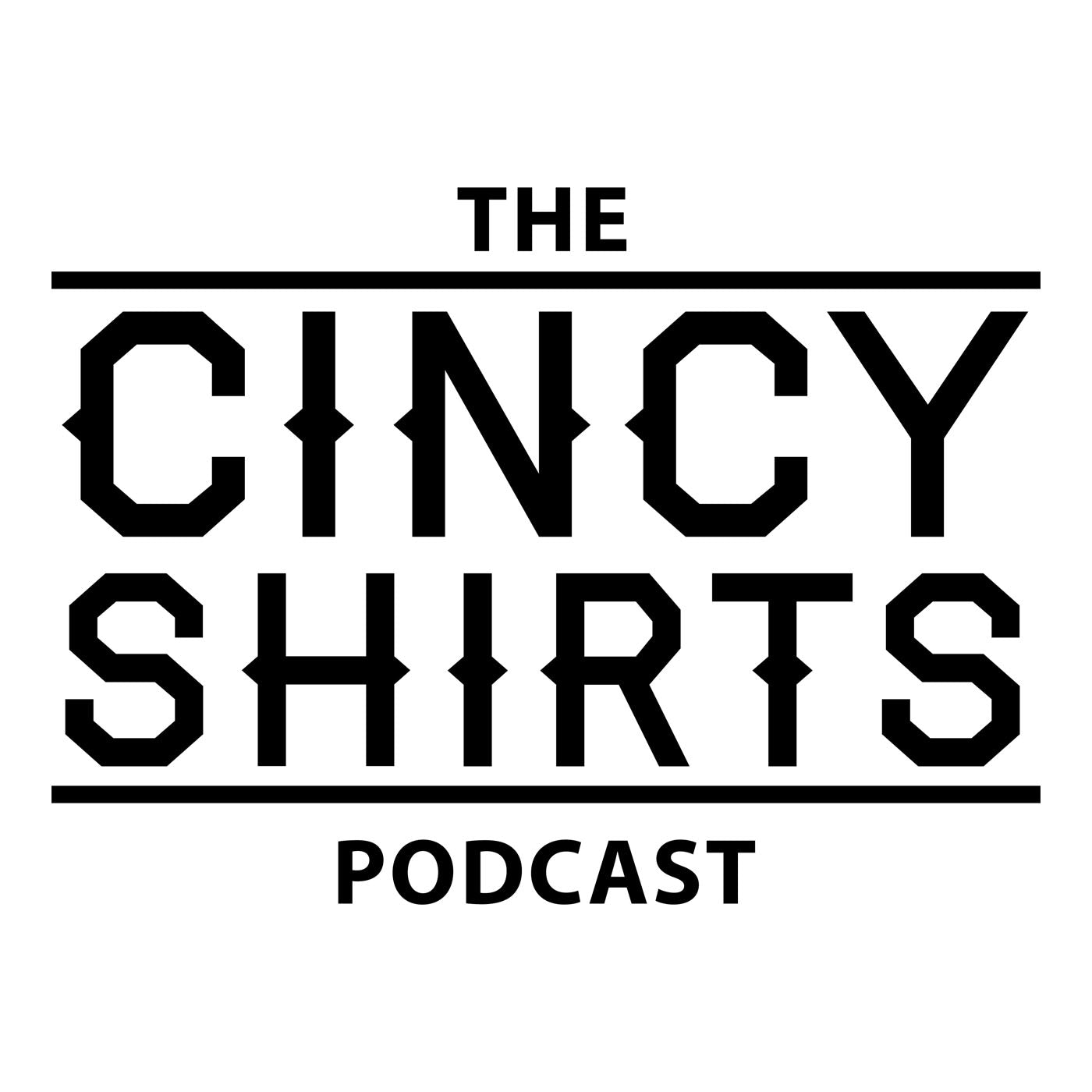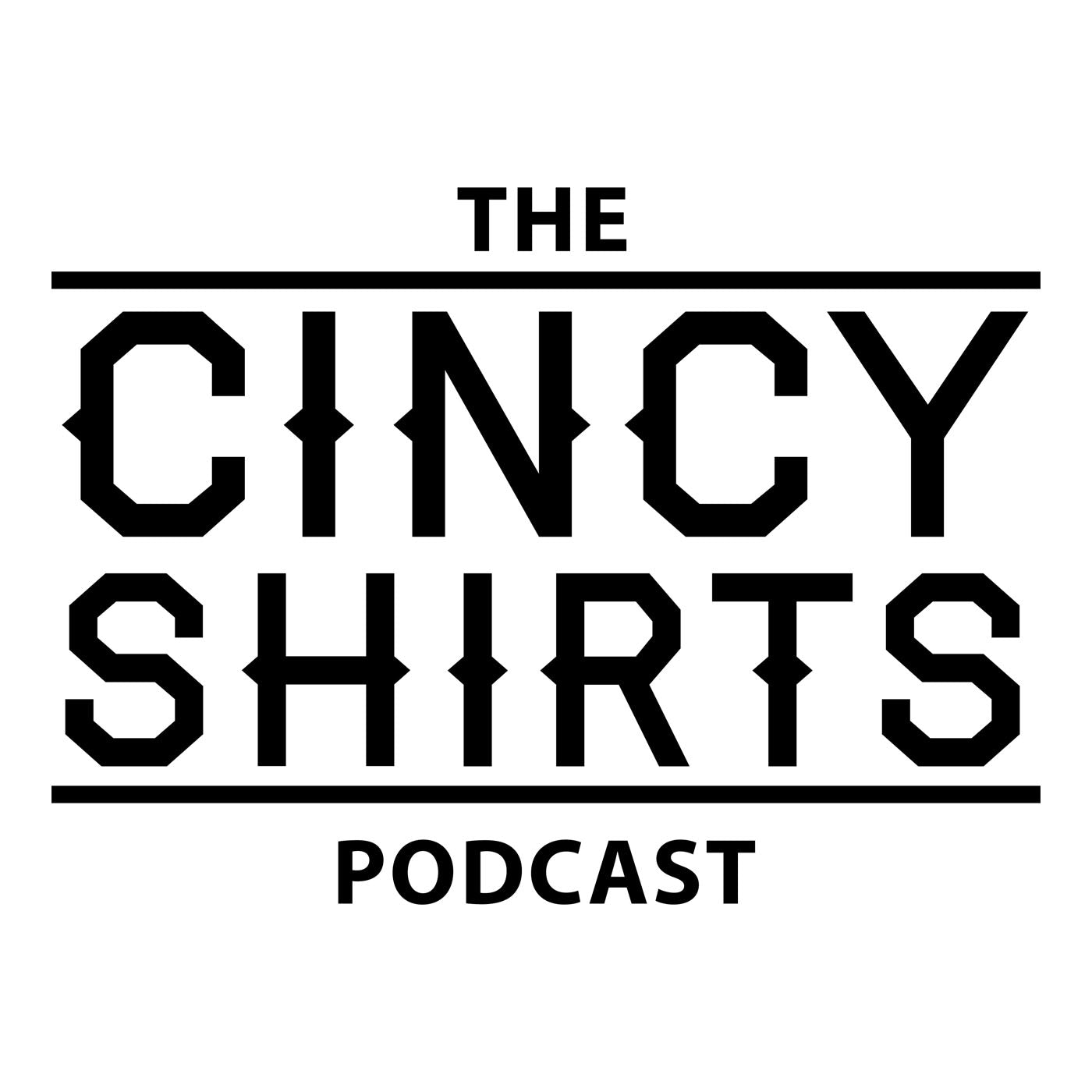It was the home of the great Oscar Robertson and the NBA's Cincinnati Royals and later the Slammers of the Continental Basketball Association. It was home to the American Hockey League's Cincinnati Mohawks who joined the International Hockey League in 1952 and proceeded to win a record 5 Turner Cups in a row. It was also the home ice of the Wings, Swords, Mighty Ducks, and Cyclones. Indoor soccer (the Silverbacks) and football (Commandos) teams played there, as did the Cincinnati Rollergirls roller derby league. The facility also hosted countless concerts, including The Beatles in 1964 and The Rolling Stones in 1965, circus performances, monster truck rallies, motorcycle races, and more.
The Cincinnati Garden (it would become plural later), its design and name inspired by Toronto’s world famous Maple Leaf Gardens, opened on February 22, 1949, with an exhibition game between the NHL’s Montreal Canadiens and their farm team the Dallas Texans. It was the seventh largest indoor arena in the United States at that time and in its debut week also hosted a UC vs Butler basketball game, a Xavier vs Kentucky contest, and a heavyweight boxing match between Cincinnati’s own Ezzard Charles and Cleveland’s Joey Maxim. The hometown legend won in 15 rounds and became the top contender for Joe Louis’ title.
The name was changed to the Cincinnati Gardens, with the letter S added, in the winter of 1961. At that time there was also an NBA logo on the building identifying it as the home of the Royals who had moved from Rochester in the fall of 1957. During their tenure at the Gardens, the Royals hosted the NBA All-Star Game in 1966.
Former UC superstar Robertson joined the team in 1960, helping the Royals become a winner. However, he was traded to the Milwaukee Bucks in 1970 who then won a championship. Two years later, in the wake of dwindling attendance and poor play on the court, the Royals packed their bags for Kansas City where they became the Kansas City-Omaha Kings (now the Sacramento Kings).
During their first season in the Gardens, the Royals shared the building with the Cincinnati Mohawks hockey club, that team’s final season. In 1963, the Indianapolis Capitals moved to Cincinnati nine games into the Central Professional Hockey League’s season, after their arena burned down. The team moved to Memphis in 1964.
Hockey returned to the Gardens in 1971 when the Swords were established. Needing a farm team, the Buffalo Sabres, who had just joined the National Hockey League as an expansion club, wanted to place their developmental team in South Florida. However, the American Hockey League balked at the travel expenses that would be incurred by the other teams, so the Sabres opted to place the team in Cincinnati. The Queen City, in turn, embraced the new team.
The Swords advanced to the AHL playoffs in all three years they were in existence, averaging over 4,300 fans per game during the 1972/73 campaign. That season culminated with an appearance in the Calder Cup finals where the Swords fell to the Nova Scotia Voyageurs 4 games to 1, with the final game played in Buffalo's War Memorial Auditorium. The Swords were folded by the Sabres when Cincinnati was granted an expansion franchise (the Stingers) in the World Hockey Association.
Hockey returned to the Gardens in 1990 when the Cyclones began play in the East Coast Hockey League. When they moved downtown in 1997, the Gardens wooed the struggling Baltimore Bandits of the American Hockey League to relocate to the Queen City. The Bandits were renamed the Mighty Ducks and were a hit, playing until 2005 when their parent club, the NHL Anaheim Mighty Ducks, switched their affiliation to a team in Portland, Maine.
Though it continued to be used for all kinds of events well into the new century, the building was sold in July of 2016 and sat empty for over a year before the wrecking ball arrived in March of 2018. While the building was razed to make way for new development, many important bits and pieces were rescued.
The large porcelain letters that spelled out the name Cincinnati Gardens went to the American Sign Museum in Camp Washington. The six limestone-bas-relief figures that flanked the entrance, featuring two depictions each of a boxer, hockey player, and basketball player, also escaped the demolition.
The relief sculptures were designed by the late Henry Mott who won a 1948 competition sponsored by the Art Academy of Cincinnati and the Cincinnati Gardens’ architectural and engineering firm A.M. Kinney.
Mott’s grandson, John Peckscamp, has led the effort to find a new home for the figures. One of the basketball players took up residence at Xavier University Cintas Center, while one of the boxers went to the Cincinnati Golden Gloves boxing academy in Over-the-Rhine.
Hundreds of smaller items were sold or auctioned off as well. A small hockey scoreboard wound up at the Cincy Shirts store in Hyde Park, as did a banner honoring the 5 IHL championships captured by the Mohawks. A glass case holding a Swords jacket, hat, and scarf, also hangs in the shop.
I love this shirt. Not just for the playoff run. I’ll never stop believing in our Reds!
Love the shirt…just didn’t age well lol
Great Design and thought process…however…unlike 2023 we are not having fun and now we have Elite Joe to replace Joe Cool. All I want for Christmas is an OLine and some resemblance of a defense.










8 comments
Nolan Blake
Love it. I can go cra cra over it…
kevin Anderson
History has an error. 1972-73 Cincinnati Swords defeated Nova Scotia 4 games to 1 with the final game being played at Buffalo’s War Memorial Auditorium. Cincinnati won the Calder Cup that season.
JC
Oscar Robertson and Over the Rhine. C’mon man!
Leave a comment
This site is protected by hCaptcha and the hCaptcha Privacy Policy and Terms of Service apply.